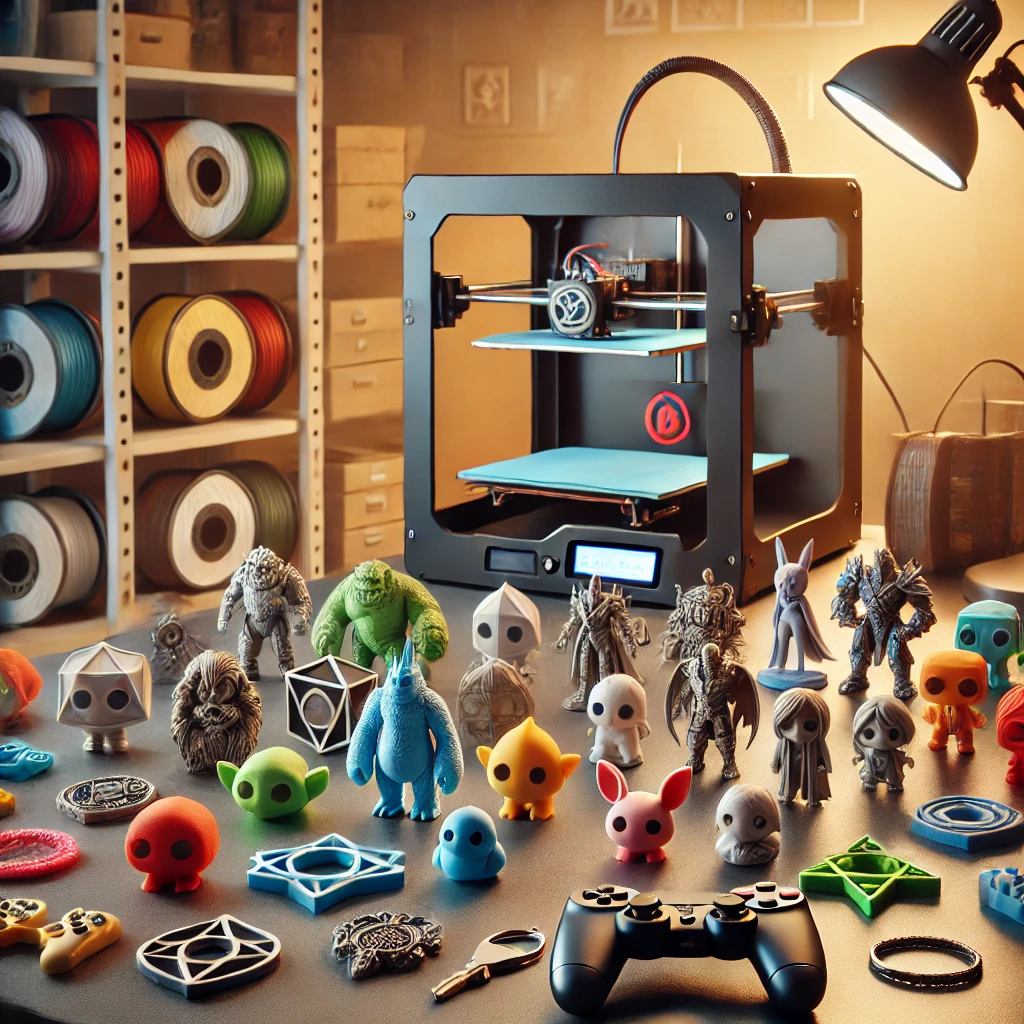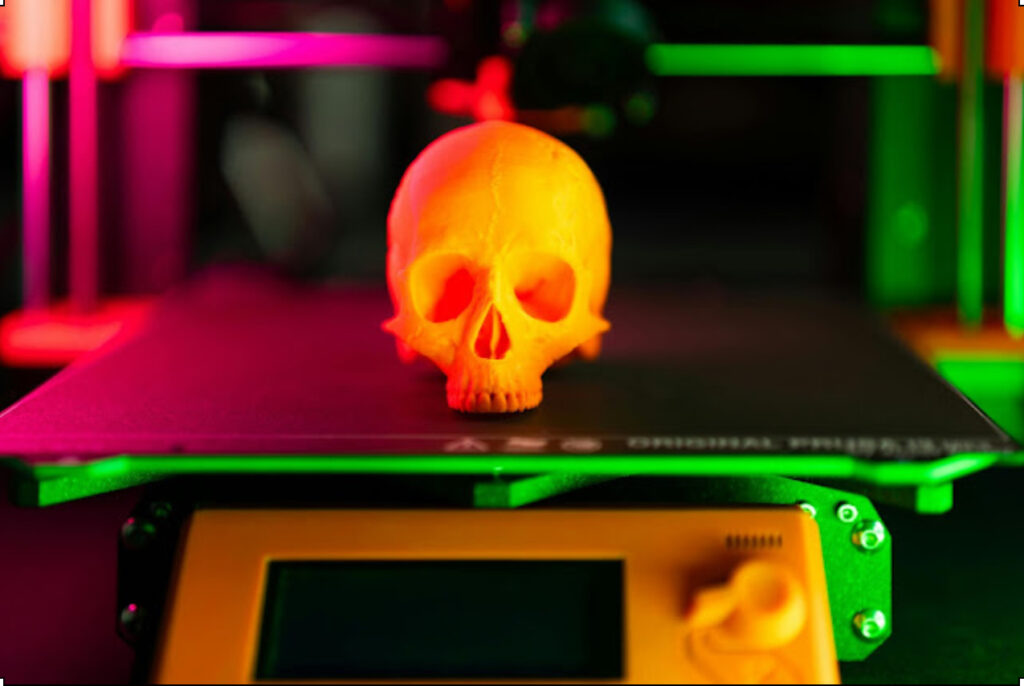AI in Education: How Teachers Are Using ChatGPT in the Classroom
AI in education is no longer a futuristic concept — it’s a reality in schools and universities around the world. With tools like ChatGPT, teachers are finding new ways to innovate, engage students, and personalize learning. In this article, we’ll explore how artificial intelligence is being applied in educational settings and why it’s worth adopting now.
What is AI in Education?
AI in education refers to the use of artificial intelligence technologies to support teaching and learning processes. This includes everything from algorithms that adapt content to each student’s pace to virtual assistants that help teachers plan lessons or grade assessments.
Tools like ChatGPT represent a new phase of evolution in education, enabling natural language interaction, text generation, concept explanation, and even help with test creation. AI doesn’t replace the teacher — it expands their capabilities.
How Teachers Are Using ChatGPT in the Classroom
Teachers are creatively and practically applying AI in education with ChatGPT. Here are some ways it’s being incorporated into classrooms:
1. Creating Activities and Exercises
Teachers use ChatGPT to generate quizzes, tests, worksheets, and tailored challenges — saving time while diversifying the content presented to students.
2. Supporting Lesson Planning
With AI in education, teachers can get ideas for topics, lesson structures, and classroom activities, as well as help organizing content in a pedagogical way.
3. Explaining Difficult Topics
ChatGPT can act as a “doubt assistant,” explaining complex subjects in simplified terms, at varying levels of depth depending on the class.
4. Stimulating Writing and Creativity
Students are encouraged to write essays, stories, or solve problems using AI as a creative partner — which provides suggestions and corrections while promoting autonomy.
Advantages of AI in Education
AI in education offers benefits for both teachers and learners. Beyond making teaching more dynamic, it helps:
- Personalize learning: adapting content to each student’s level and pace.
- Save time: streamlining repetitive tasks like assessment creation.
- Engage students: using technology that resonates with younger generations.
- Provide instant feedback: answering questions in real time to improve understanding.
Challenges and Considerations
Despite the advantages, AI in education requires attention and responsibility:
- Over-reliance on technology: AI should support — not replace — critical thinking and teacher presence. AI can be a powerful ally for producing content, varying subjects, delving deeper into topics and answering questions, but, especially in relation to children, extra care must be taken to ensure that they do not use technology as a shortcut to solutions and end up skipping learning.
- Accuracy of answers: AI responses are not always perfect. Teachers must review the content. It is essential to review the content, evaluate the veracity of the sources and even make a critical assessment of what is presented, as AI does not hold absolute truth and can make mistakes or even errors in its lines of reasoning.
- Data privacy concerns: Ensure safe handling of student data in line with regulations.
Teacher training is key to ensuring ethical and effective use of AI in the classroom.
Real-World Examples of AI in Education
Here’s how teachers are already applying ChatGPT and similar AI tools in different settings:
- Elementary school: Story creation exercises with student input guided by AI.
- High school: Real-time writing feedback and grammar suggestions for essays.
- Higher education: Research and paper writing support, including source recommendations.
These use cases show that AI in education can be adapted to various teaching levels and needs.
Future Trends in AI in Education
The future of AI in education is moving toward more integration, accessibility, and personalization:
- Adaptive learning platforms: content that adjusts in real time to student performance.
- Educational virtual assistants: support beyond class hours with personalized, fast responses.
- Gamified learning powered by AI: educational games that adapt to student progress and learning style.
These trends confirm AI’s potential to enhance inclusivity and efficiency in education.
Want to know more about the subject? Read also “How to Use ChatGPT to Boost Your Productivity“
Conclusion
AI in education is transforming how we teach and learn. With tools like ChatGPT, teachers gain time, creativity, and dynamic resources to enrich their classrooms.
Rather than a trend, artificial intelligence marks a new phase in education — when used wisely, ethically, and with clear purpose.
Frequently Asked Questions
- Can AI replace teachers?
No. AI supports teaching but doesn’t replace human judgment and interaction. - Is ChatGPT safe to use in classrooms?
Yes, when used responsibly and with teacher oversight. - Do I need the internet to use AI?
Yes. Tools like ChatGPT require an internet connection. - Is training needed to use AI in education?
It’s recommended. The more teachers understand the tools, the better the outcome.
And you? Have you used AI in the classroom or know someone who has? Share your thoughts in the comments and send this article to others who believe in innovation in education!






